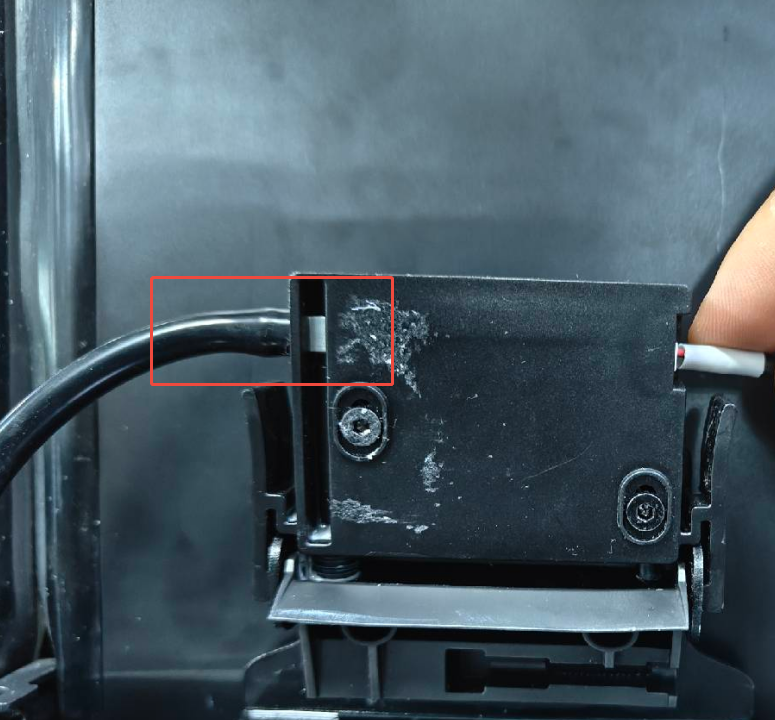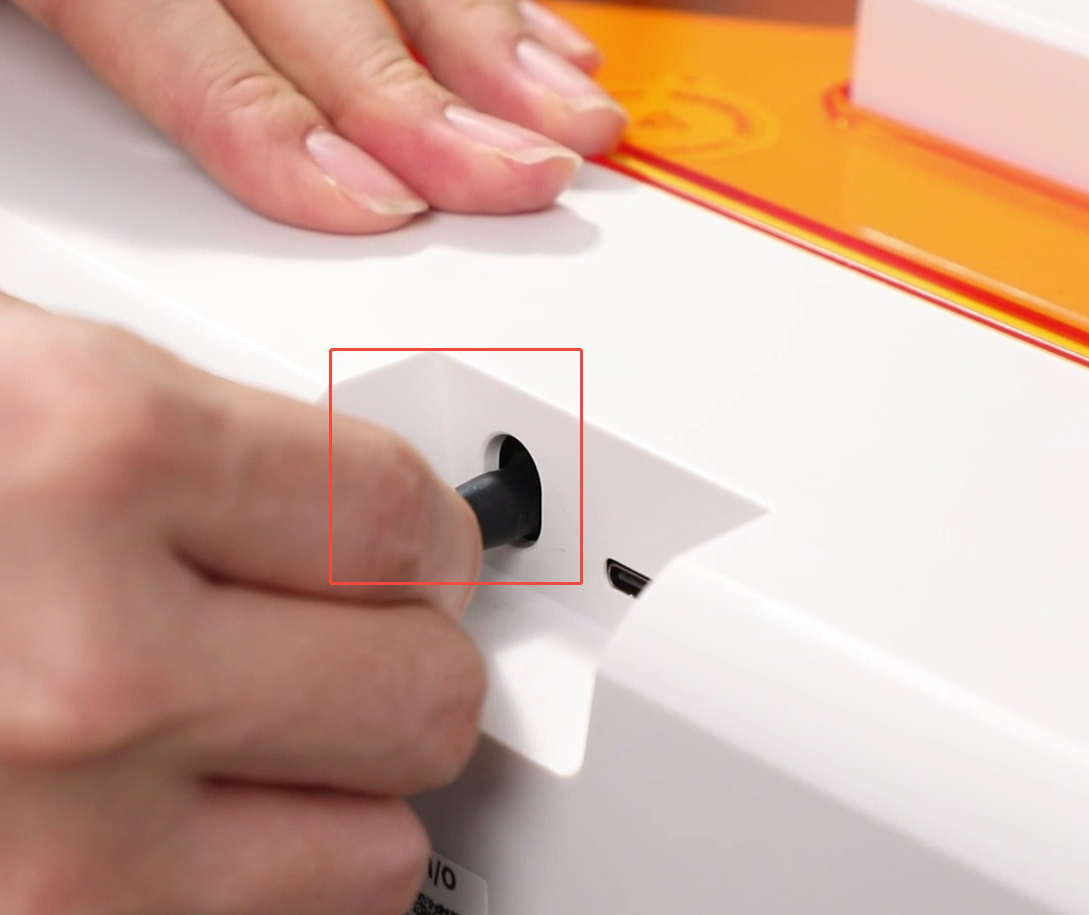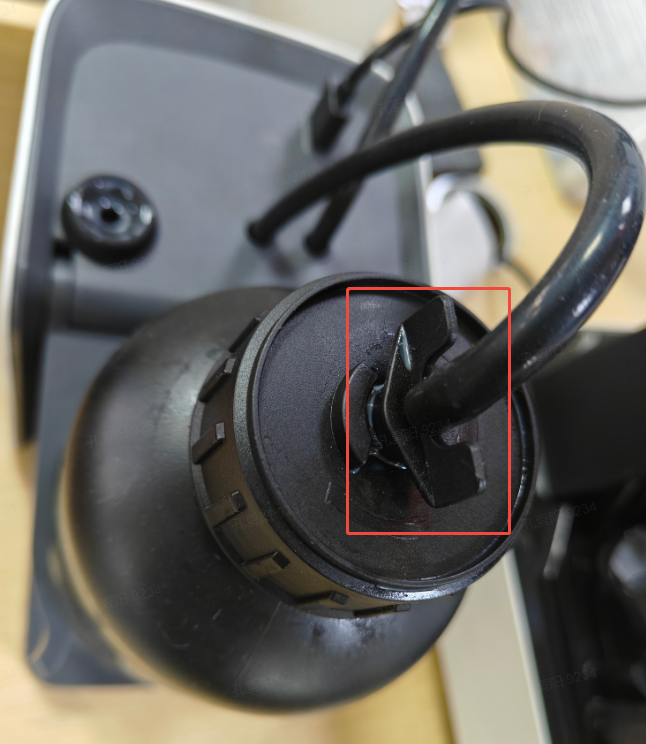Q: Which sensors are built into the AFU, and where are they located?
A: The built-in sensors are as follows:
- Temperature sensor—located in the detection module;
- Laser sensor—located in the detection module;
- RFID reader—located in the resin bottle base;
- Weighing sensor—located in the resin bottle base;
Q: The AFU accessory package includes two screws. What are they for?
A: They are used to fix the laser mounting bracket.
Q: What is the maximum heating temperature of the AFU?
A: The heating range is 30–45 °C, with 45 °C being the maximum temperature.
Q: How long does it take for the AFU to fill resin into the resin tank?
A: Depending on the resin type, it usually takes 3–5 minutes.
Q: Is there a maximum resin level when using the AFU for feeding? How long does it take to reach maximum level for standard resin at 25 °C?
A: Yes. The AFU is configured with an automatic feed-stop level. For standard resin at 25 °C, it takes approximately 3 minutes to reach the maximum level with automatic feeding.
Q: Does the AFU add resin continuously during printing, or only when the resin level drops below a threshold?
A: The AFU adds resin automatically only when the resin level falls below a set threshold.
Q: How can I use the AFU with my own resin? How do I clean it when changing resin?
A:
- We recommend using official resins.
- If using third-party resin, please follow AFU Resin bottle adaptation solution.
To clean the AFU tubing, please follow AFU cleaning resin tube guide.
Q: Does the weighing function support third-party resins? What is the weighing range?
A: Yes, it supports third-party resins weighing. The range is 0–1 kg.
Q: What resins are compatible with the AFU?
A: The AFU supports all commonly available consumer resins and most functional resins. However, resins with very high viscosity (above 1000 mPa·s at room temperature) are not suitable.
Q: After connecting the AFU to the HALOT-X1, the touch screen shows a connection error. How do I check if the connection is correct?
A: Please ensure that the AFU and the detection module are properly connected.
The firmware will display detailed prompts:
- The AFU is not connected to the HALOT-X1 → “Auto feed unit is not connected”
- The AFU disconnected to the HALOT-X1→ “Auto Feed Unit disconnected”
- The detection module is not connected to the HALOT-X1 → “Detection unit is not connected”
- The detection module disconnected to the HALOT-X1 → “Detection unit is disconnected”
Q: How do I enable automatic feeding and resin heating with the AFU?
A: After selecting a print file on HALOT-X1, go to the 'Print Control' page and check the boxes for “Automatic Feeding” and “Feed Heating” to enable these AFU function. Video reference.
We recommend keeping heating enabled by default to maintain the resin at an optimal temperature for better print quality.
Q: In the Auto Feed Unit settings page, will Feed in or Feed out stop automatically after I start it? When will it stop?
A: The laser sensor in the detection module monitors the resin tank liquid level in real time. Feed in will automatically stop when the preset maximum level is reached or the resin bottle is about to run out.
The bottle base of the AFU has a built-in load cell. Resin recovery will stop automatically once the maximum bottle weight is reached.
Q: When using the AFU, will the HALOT-X1 automatically pause if resin runs out during printing?
A: The printer will warn you if the resin bottle has less than 150 g remaining. However, if there is still resin in the resin tank, printing will continue and you can refill the bottle during the process. If both the bottle and the resin tank run out of resin, the machine will pause automatically.
Q: Why does the system say the resin bottle is full when it is not completely filled?
A: The “Return material is full” warning is triggered before the bottle is completely full to prevent resin overflow during the return process. Any leftover resin in the resin tank can be poured back into the bottle manually.
Q: The AFU temperature control is inaccurate — there’s a difference between the target and actual temperature.
A: The heater is located inside the AFU main unit, while the temperature sensor is in the detection module. It takes some time for the heating process to stabilize. Once stable, the difference between target and actual temperature should be within ±5 °C.
Q: Feeding speed is too slow or there is no resin loading. How can I troubleshoot this?
A:
Please check for kinks or bends in the tubing.
If there are bubbles in the resin, the connection may be loose — inspect the following:
- The tubing connection at the detection module above the resin tank.

- The tubing connection at the machine’s rear outlet.

- The tubing connection at the bottle cap.

Q: Does the AFU have an automatic resin filtering function when Feed Out resin?
A: No. Due to the feeding port size, larger debris will not be drawing.
Q: Does the AFU have air purification or resin exhaust capabilities?
A: No, there is currently no resin exhaust feature. We will continue to consider equipment improvements in the future.
While our promotional videos show the printer on an open desktop to highlight portability, we recommend using the printer in a well-ventilated area and following PPE guidelines (mask/gloves). Avoid long-term operation in enclosed spaces.
Q: Since AFU uses a red laser to detect resin levels, will it still work with transparent resin?
A: Detection accuracy is affected by both transparent and black resins. For these two colors, we recommend disabling automatic feeding.